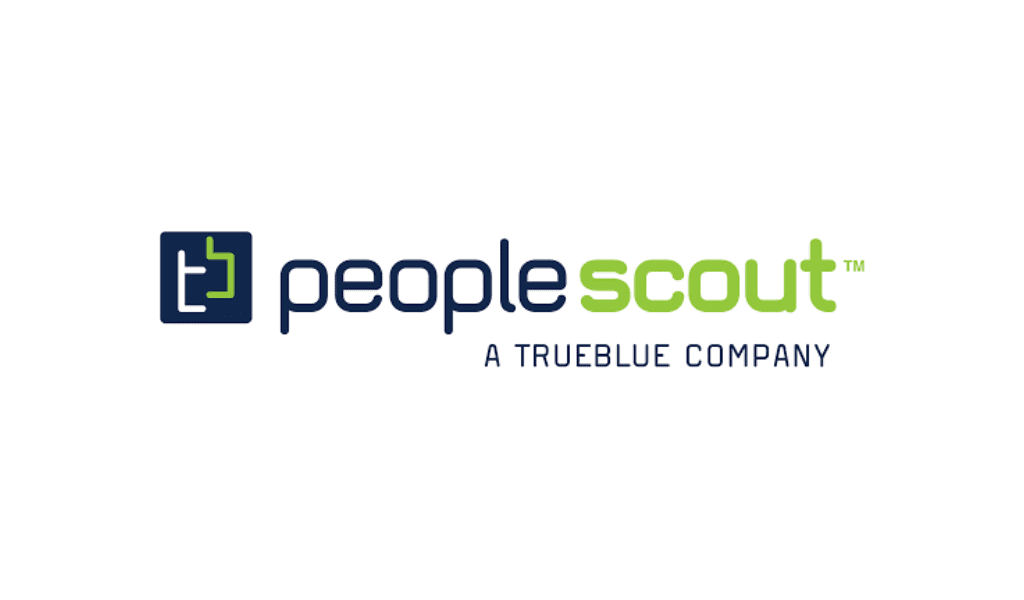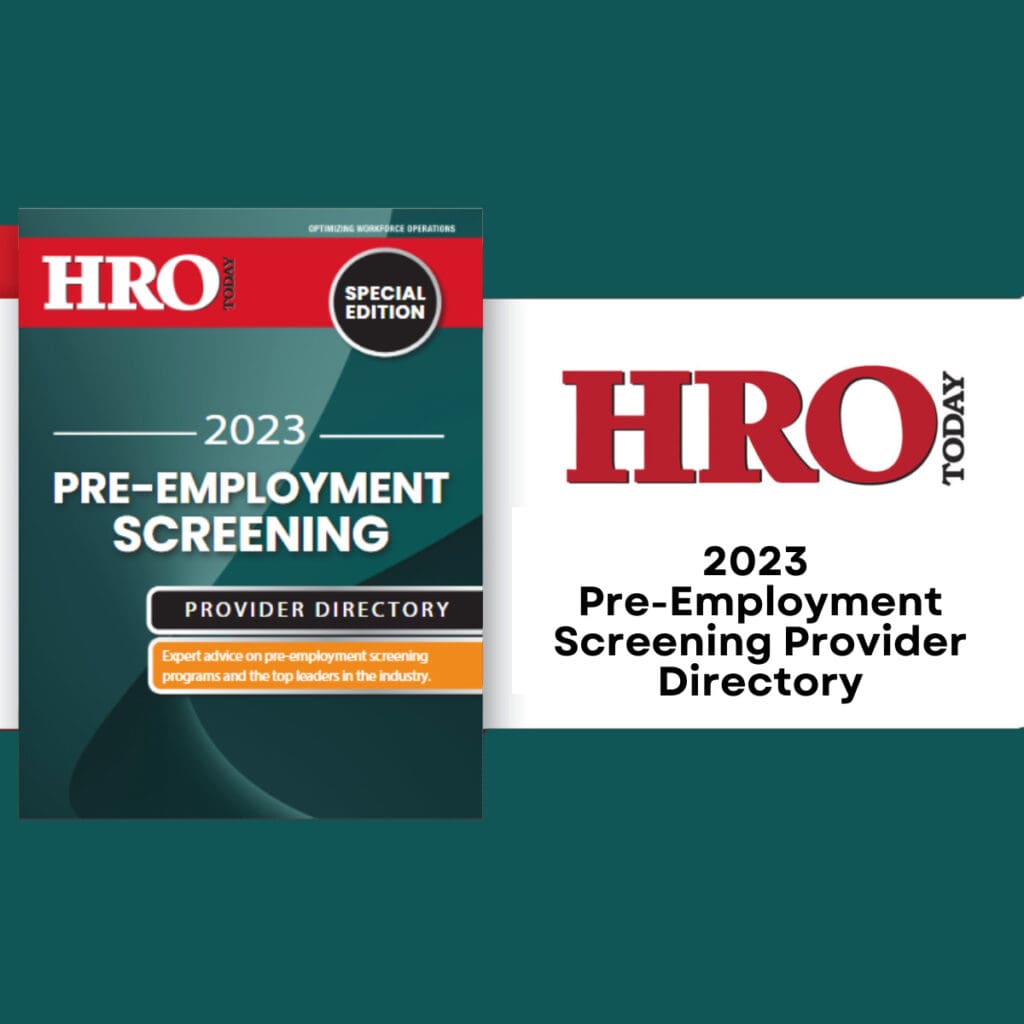 Accurate information -received as quickly as possible -tops the list of background screening metrics.
Accurate information -received as quickly as possible -tops the list of background screening metrics.
By Russ Banham
“You can’t manage what you don’t measure” goes the old saying. For organizations, developing a structured list of key performance indicators to measure the quality of background screening services and delivery should not be overlooked. When organizations are looking to quickly fill a position, the ability of the screening provider to expeditiously return background data on a job applicant’s employment, educational, and criminal history is a vital service. “The challenging thing about being a background screening provider is that you’re a software enabled service that is pressured by clients’ costs, profit margins, and compliance demands,” says Gregg Gay, president of Cleveland-based Asurint LLC. “(But) our job is to constantly make sure the information we present is accurate, thorough, and timely.”
Clients want near-instant information on a job applicant, but in order to be accurate, the screening process must be thorough. “There are so many moving parts in conducting a background check,” Gay explains. “The only way to keep everything in line is to continuously look at process improvements. And the way to do that best is by developing key metrics.”
As with any aspect of the hiring process, measuring a wide array of performance indicators helps ensure organizations receive accurate data and superior service. Key metrics for screening candidates include:
• cycle time
• turnaround time
• program dispute rates
• customer satisfaction
• compliance rates
• software defect rates
• in-bound call rates
“We follow a wide range of metrics that we capture and review on either a daily, weekly, or monthly basis,” says Renee Ernste, chief operating officer at Minneapolis- based Orange Tree Employment Screening. “Chief among them is turnaround time.”
The ability to quickly turn around an applicant’s background data is crucial to efficiently filling that position -plus keeping the potential employee engaged and interested. “When a client submits a background screening request online, the processing time it takes to complete that order is measured and compared to our internal business goals,” Ernste explains. “Our job is to ensure we continue to meet our clients’ reasonable expectations, and if something is outside the typical turnaround time, we can find out why this is the case and correct it.”
Aurico Reports Inc. considers turnaround time to commence the minute a client’s HR staff requests a background check, which it refers to as cycle time. “Most firms measure this differently, measuring the time from when the applicant signs the consent form to the completion of the process, but we start the process the moment the call comes in,” says Ben Goldberg, president of the Arlington Heights, Ill-based screening firm. “We see this as the more important measurement, in that compels screening providers to get applicants to sign the consent form quicker.”
Through today’s technology offerings, organizations can easily track the progress of their candidates’ screens. For example, Aurico Reports provides clients with access to its online platform (WebACE) to peruse their progress toward completing the comprehensive screening request. The platform typically provides data on the firm’s progress toward validating and verifying the four primary background data checks -a job applicant’s employment history, Social Security number, educational criteria, and possible criminal record.
The latter check often is the most problematical, given evolving regulatory rules. Criminal records must be treated with great care, as several states and courts have ruled they may discriminate against African-American, Hispanic, and male applicants under Title VII of the Civil Rights Act of 1964. Some U.S. cities like Chicago, Baltimore, and Philadelphia have removed the check box in hiring forms asking about previous criminal acts, in what is known as “ban the box” initiatives. Other cities have followed suit, including San Francisco, Memphis, and Jacksonville.
Regulatory compliance is another key metric for organizations. “Our goal is to have a consistent process from a legal standpoint and to reduce human error,” Gay explains. “We’ve developed various internal audit percentages that we use as the metric. It’s all part of our goal to provide the highest quality data.”
Sometimes mistakes are inevitable, despite all the firms’ best efforts. For example, a thorny compliance risk is staying on top of all the federal, state, and municipal rules governing privacy, which are constantly evolving. With regard to job applicants, a rose is not always a rose -candidates often have names that are not just similar, they may share exact birth dates. Sometimes the mistake has nothing to do with the screening firm itself -a particular court, university, or corporation may not have accurate or up-to-date data.
Ernste says it is not uncommon for screening companies to have to follow up an electronic data search with phone calls and physical visits to determine why information is not immediately available, which then affects performance metrics. “We’ve sometimes had to send in someone to county courts to do a manual search of records, which adds time to the process,” she explains. “If the applicant has a common name like John Smith, we need additional identifiers to be sure we’re doing the appropriate and full due diligence. Sometimes the slowdown has to do with the court itself -maybe a new clerk has joined and is learning the ropes.”
On occasion, the firm also has to conduct telephone checks of a job candidate’s previous employment. But organizations need to consider that accuracy should always trump turnaround time.
If mistakes do occur -and perhaps too often – organizations should ask their provider to issue a survey to help measure satisfaction and uncover any problem areas. Clients can dispute findings if necessary -and this is yet another important metric to track. For example, Asurint tracks the number of times a client disputes its findings. “The national average, according to the National Association of Professional Background Screeners, is .05 percent,” Gay says. “Ours is much lower and we intend to keep it there.”
Obviously, when metrics fall below business goals, all partnerships endeavor to learn why and fix the problem, shaving off minutes here and there. As Gay notes, “In this business, velocity is everything.”
Russ Banham is a veteran business and financial journalist and author. His new book, “Higher: 100 Years of Boeing,” will be in bookstores in Spring 2015. He can be reached at www.russbanham.com.














